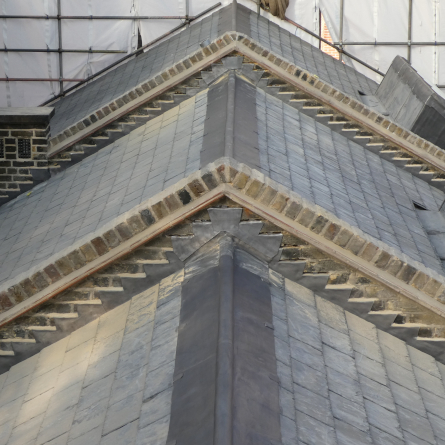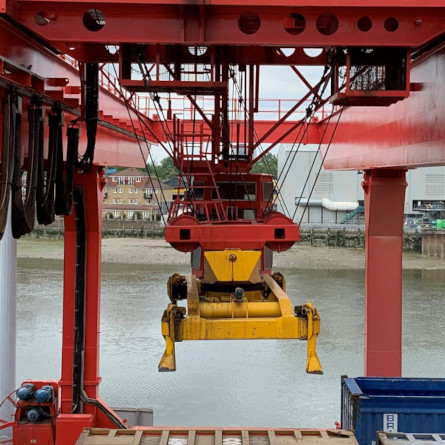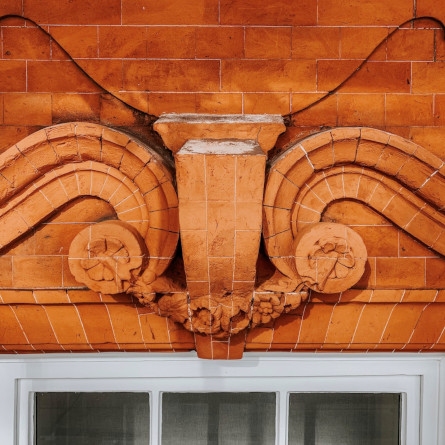Party Wall Agreements are legal documents that set out the terms under which certain types of construction work can be carried out when it affects shared walls or boundaries. These agreements are designed to protect the interests of both the person carrying out the work (the Building Owner) and their neighbours (the Adjoining Owners).
For a general overview of party wall considerations, we recommend consulting our guide for party wall advice brought to you by the team at Squarepoint Chartered Surveyors, London’s leading party wall surveyor. If you’ve received a party wall notice or are concerned about construction work happening next door, please continue reading for detailed information on your rights and considerations to be made.
What does the adjoining owner mean?
An Adjoining Owner is typically the owner or occupier of a property that shares a boundary, party wall or party structure with a property where construction work is planned. It’s crucial to understand your rights and responsibilities as a Party Wall Adjoining Owner.
Receiving a party wall notice
When you receive a Party Wall Notice, it’s important to understand what it means and how to respond appropriately. There are three main types of notices you might receive: a Party Structure Notice, a Line of Junction Notice or an Adjacent Excavation Notice. Each of these relates to different types of work that your neighbour intends to carry out.
A Party Structure Notice is issued when work will directly affect a shared wall, floor or other structure between properties. A Line of Junction Notice is used when the Building Owner plans to build a wall up to or astride the boundary line between properties, and an Adjacent Excavation Notice is required when the Building Owner plans to excavate or construct foundations within 3 or 6 metres of your property, depending on the depth of the work.
Typically, a Party Wall Notice will include details about the Building Owner, the property where the work will take place, a description of the proposed works, and the intended start date. It should also outline your rights as an Adjoining Owner and explain how you can respond. The notice should be clear and provide enough information for you to understand the scope and potential impact of the proposed works.
The timeframes for responding to a Party Wall Notice are set by law and it’s crucial to adhere to them. You will have 14 days to respond to a Party Structure Notice or a Line of Junction Notice, and 21 days for an Adjacent Excavation Notice. Failing to respond within these timeframes is usually treated as a dissent, which will trigger the dispute resolution process.
What are the rights and obligations of adjoining owners during party wall processes?
As an Adjoining Owner, you have several important rights under party wall legislation. These rights are designed to protect your property and interests when your neighbour plans construction work that may affect shared structures or boundaries.
First and foremost, you have the right to be notified of any proposed works that fall under party wall regulations. This notification should come in the form of a formal Party Wall Notice, which must be served by your neighbour (the Building Owner) before they commence any work. You also have the right to either consent to or dissent from the proposed works. If you choose to dissent or do not respond within the specified timeframe, the party wall dispute resolution process will be triggered.
You can request additional information about the proposed works or to suggest modifications if you have concerns. This can help ensure that the work is carried out in a way that minimises disruption or potential damage to your property. If you so choose, you can appoint a surveyor to act on your behalf and protect your interests – this surveyor will review the proposed works, negotiate terms and help draft a Party Wall Award if necessary.
Another crucial right is the entitlement to compensation for any damage caused to your property as a result of the works, or for any unnecessary inconvenience you may suffer. This can include costs for temporary alternative accommodation if the works render your property uninhabitable for a period.
I’ve received a Party Wall Notice: What are my options?
Upon receiving a Party Wall Notice, you have three response options to consider. First, if you agree with the details provided by your neighbour, you can provide your consent. You have 14 days to confirm in writing that you are satisfied for the work to commence, requiring no further formalities under the Party Wall Act 1996.
If you’re not happy with the proposed plans, you can dissent to the works and appoint your own surveyor. This surveyor will engage in the dispute resolution process as outlined in the Party Wall Act, negotiating with the Building Owner’s surveyor to ensure your property and interests are protected in a Party Wall Award. In this case, your neighbour is responsible for all reasonable fees of your surveyor.
Lastly, you can dissent and agree to appoint a single surveyor with your neighbour, who will act impartially on behalf of both parties. It is crucial to choose a surveyor with the appropriate experience for this role.
It’s important to note that if you fail to respond to the Notice within 14 days, it will automatically be considered a dissent, initiating the dispute resolution process. As an Adjoining Owner, your response dictates the procedure the Building Owner must follow. Therefore, it’s highly recommended you carefully consider your options, discuss the plans with your neighbour, and seek professional advice from a specialist surveyor if you’re unsure.
What happens if damage occurs to my property?
As an Adjoining Owner, there are several steps you can take to safeguard your property throughout the party wall process. One of the most crucial measures is arranging for a pre-construction survey of your property. This detailed documentation of your property’s condition before work begins can serve as valuable evidence if any damage occurs during the construction. It’s advisable to hire a professional surveyor to conduct this survey, ensuring a thorough and impartial assessment.
Once the work commences, it’s important to monitor the progress and impact on your property. While you should allow reasonable access for the agreed-upon works, you have the right to report any concerns or apparent deviations from the agreed plan. If you notice any damage or issues arising from the work, document them immediately with photographs and written descriptions – prompt reporting of problems will lead to quicker resolutions and minimise potential disputes.
Throughout the process, maintain clear and comprehensive records. If you’ve had any verbal agreements or discussions with the Building Owner or surveyors, follow up with an email summarising the conversation – this paper trail can be invaluable if any disagreements arise later. Remember, protecting your interests doesn’t mean being obstructive; rather, it’s about ensuring that your rights are respected, and your property is safeguarded while allowing reasonable development to proceed.
Frequently Asked Questions
What costs am I responsible for as an Adjoining Owner?
Generally, the Building Owner is responsible for all reasonable costs associated with the party wall process, including the fees for surveyors. However, if you choose to appoint your own surveyor when it’s not strictly necessary, you may be responsible for their fees. Always clarify cost responsibilities before agreeing to any appointments or works.
How long does the party wall process typically take?
Timeframes can vary depending on the complexity of the work and whether there are any disputes. A straightforward process with consent might be completed within a few weeks. If a Party Wall Award needs to be drawn up, it could take between 1-2 months. Complex cases or disputes may take several months to resolve.
Do I have to allow the Building Owner access to my property?
Once a Party Wall Award is in place or you’ve given consent, you must allow reasonable access for the agreed works to be carried out. However, this access should be at reasonable times and with proper notice. The specific terms of access should be outlined in the Party Wall Award or agreement.
What if I disagree with the Party Wall Award?
If you disagree with the Party Wall Award, you have 14 days from the date it’s served to appeal it. It’s advisable to seek legal advice before pursuing this option, as there may be cost implications if your appeal is unsuccessful.
Can I refuse to engage in the party wall process altogether?
While you can’t simply ignore a Party Wall Notice, you have the right to dissent to the proposed works. However, this doesn’t mean the works won’t go ahead. Instead, it triggers a formal dispute resolution process involving surveyors. Refusing to engage entirely could lead to legal complications and potentially damage your relationship with your neighbour.
To find out more about Party Wall Agreements or to enlist our services if you’ve been issued a Party Wall notice, please don’t hesitate to contact us.
Download Our PDF Guide To Party Walls
The Squarepoint Party Wall Guide is essential reading for anyone who owns or lives in a property that shares a party wall with another property.
Download our PDF guide to all Party Wall Matters. Topics include:
What is a Party Wall?
What is the Party Wall Act?
What is a Party Wall Notice?
What is a Party Wall Dispute?
What is a Party Wall Award?
When Do You Need a Party Wall Surveyor?





